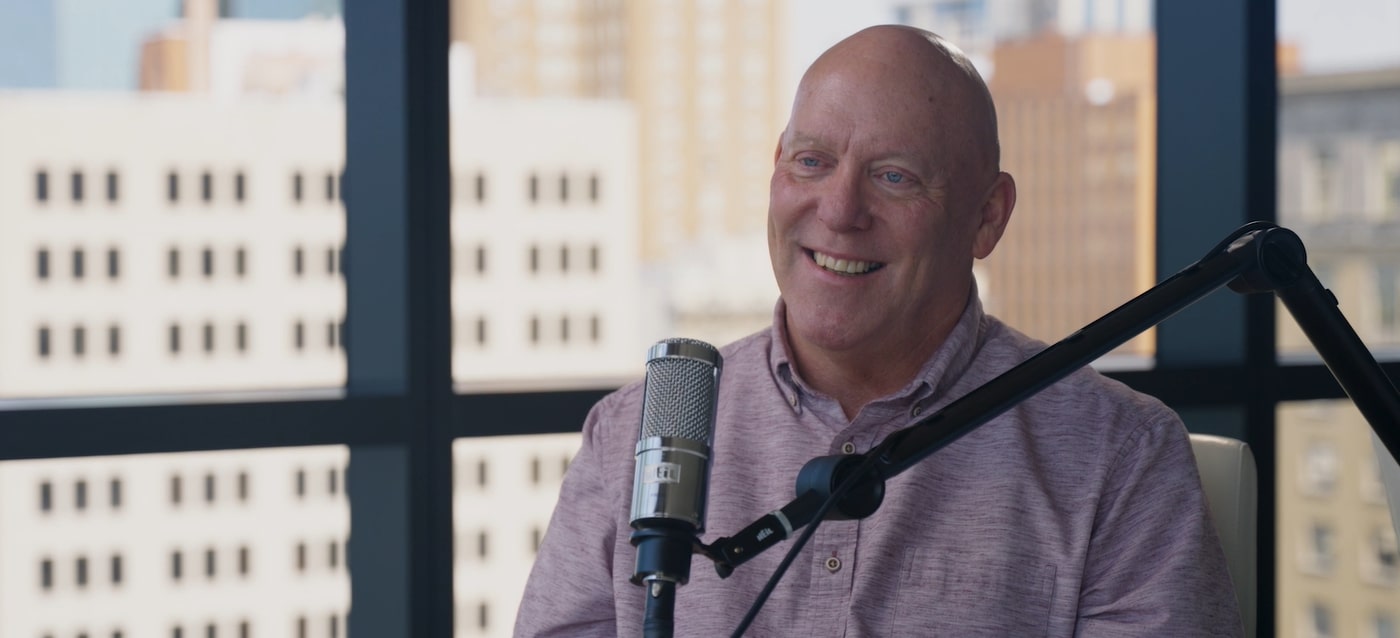In 2018, the California Business Journal wrote about the Society for Brain Mapping and Therapeutics (SBMT) along with the organization’s origins, primary initiatives and plans for creating the Brain Technology and Innovation Park (BTIP) in Los Angeles. This would make the city a major hub for the development and sharing of research, innovation, and treatments of all neurological issues, such as Alzheimer’s, Parkinson’s, Multiple Sclerosis (MS), ALS, brain tumors, and mental illness, to name a few.
To help further this cause and strengthen the L.A. connection, the World Brain Mapping Foundation (WBMF) is supporting its 21st Annual World Congress of SBMT at the Los Angeles Convention Center on March 14th–17th. The program will represent state-of-the-art science and technology in the field of neuroscience, engineering, neurosurgery, psychiatry, psychology, molecular biology, optometry, ophthalmology, rehabilitation medicine, neurology, radiology, and oncology.
Moreover, the 21st annual Gathering for a Cure (GFC) gala of WBMF will be held Friday, March 15th at the Millennium Biltmore Hotel to fundraise and honor those making major strides in the treatment and innovation of a wide range of neurological disorders. Pioneers in the field will be awarded in this world-class annual award gala with dazzling entertainment shows, celebrities, and an exquisite formal dinner.
The 21st President of SBMT, Dr. Deborah Zelinsky (an optometrist), will be passing the torch to Dr. Abilash Haridas (a neurosurgeon) at the convention. As an optometrist, Dr. Zelinsky has a unique perspective into brain mapping and its brain-eye-ear connection. We may not realize that the central nervous system is made up more than the brain and spinal cord; it also includes our retinas, which make the eye an approachable window into brain activity. Zelinsky is also the founder of the Mind-Eye Institute and has a global reputation for her discovery of using eyeglasses to alter sound location, which led to the development of her patented Z-Bell Test . She has been an active member of SBMT for 15 years.
“I joined the organization in 2009,” she says, “and watched it grow to a global email network of hundreds of thousands of physicians, clinicians, scientists, surgeons and engineers – a phenomenal group of leaders. The annual conference of fewer than 100 speakers turned into an amazing 4-day convention of close to 1000 presenters. We have held 10 congressional briefings in Washington, DC over the past 10 years and 10 think-tanks of Neuroscience20 (Brain, Spine and Mental Health)/N20 in conjunction with the G20 summit in Australia, Turkey, China, Germany, Argentina, Japan, Saudi Arabia, Italy, Indonesia and India. As a part of the N20, we have started Brain initiatives all over the world, including the Middle East (ME), Latin America (LA), Asia Pacific (AP) and played a key role in the creation of USA BRAIN].”
SBMT under the leadership of Dr. Zelinsky has been instrumental in lobbying for policy and legislation that aims to make neurological screening a part of regular healthcare preventative tests. SBMT and WBMF were the only nonprofit organizations to award the US Military and Chairman of the Joint Chief of Staff — General Mike Milley — for their valor during the COVID19 pandemic, saving millions of American lives
Last year, Zelinsky was part of a team who met with President Biden’s domestic and policy advisors at the White House and discussing the importance of the creation of BTIP from fast-tracking therapeutics for neurological and psychiatric disorders to creating jobs by spinoff and startup companies; we also stressed the importance of diagnosing neurological disorders ahead of the time, through brain screening.”
It is common practice for health screenings to be done regularly to catch cancer early, such as mammograms, prostate evaluations, and colonoscopies, because it is known that if detected early, patients have a much better chance of survival. So why not screen the brain for conditions that are treatable if caught early?
“You can screen brains for mental health problems, neurodegenerative diseases and aneurysms. Each one of those savings would change the trajectory of people’s lives as well as saving the government money,” she says. “With aneurysms, for example, if the government put $100 million toward screening people, we could save something near $76 billion in treatment.”
Deborah Zelinsky, President of the Society for Brain Mapping Dr. Zelinsky will also participate in 2024 Neuroscience 20 (N20) in Rio de Janeiro, Brazil on November 16-17, which will bring the world’s top scientists, engineers, practitioners, surgeons and policymakers together who educate and advise the world leaders prior to the G20 Summit.
Dr. Zelinsky’s signature policy initiative is to broaden the use of International Classification of Diseases (ICD-10) codes so that optometrists can better diagnose and examine eye-brain-ear functional connectomics. By having new codes, visual assessments would be on par with current state-of-the-science and technology. The general public still is fine with the tried and true visual testing, but those whose brains are not efficiently functioning require more extensive testing. Currently, the traditional 20/20 eye examination was developed during the Civil War, and she is determined to change this “status quo” and bring AI machine learning, neurophotonics, and other technology together in order to provide a much more comprehensive eye examination for those with autonomic dysfunctions, mental health issues and brain injuries. Zelinsky’s research specialization as an optometrist is how people visualize auditory space, and measuring how visual processing and auditory processing work together. When there’s a disconnect, it can cause stress, confusion, and an inability to comprehend.
“The concepts for eyesight correction were invented 160 years ago, when people thought the eyes were only used for seeing but it’s been more recently proven that the retina is an extension of the brain,” says Zelinsky. “By changing the light on the retina, we can route signals that go through the optic nerve to other places in the brain that have nothing to do with eyesight. They’re called ‘non-image-forming pathways.’ Around 1970 – roughly 50 years ago – researchers linked many pathways with postural stability. If you move light from above or below or the sides, you’ll get a reflex movement or posture shift. Those don’t have diagnosis codes for optometrists, even though many patients have problems with these connections. The only codes we can use now are for eyesight, eye health and eye movement.”
More links between our retinas and overall health have been discovered over the past 20 years including glucose regulation, appetite and mood regulation, sleep to name a few..
“There are all these optic nerve connections but no diagnosis codes for their linkage to limbic and endorcrine systems. One of the things I plan to do for my legacy here is to still continue to work with SBMT, the White House and Congress to develop codes for all these things,” she says. “If you took all the people with anxiety, depression, schizophrenia and bipolar disorder, there is a tiny percentage that have eye-ear disconnects and peripheral eyesight dysfunctions. If you fix that, it could lessen the overall healthcare burden and make people’s lives better. Keep in mind, it’s a small percentage. I’m not saying everybody has an eye-ear disconnect that can be fixed with a pair of ‘magic glasses,’ but there is potential for some.”
“There are studies showing that people with autism often have a disconnect between auditory and visual processes, and there are some neurodegenerative diseases that cause it too, so if we can mitigate the symptoms by synchronizing those two perceived spaces, that’s a good thing,” she says. “We can often identify children at risk for future learning issues, too.”
Previously, when Dr. Zelinsky tried to get the various organizations that oversee each aspect of seeing, hearing and processing to work in concert, she was sent in circles. That is another benefit to the Brain Park – the ability to centralize research and share information more freely.
“The eye people and the ear people are in separate silos, and each organization does amazing work but the National Eye Institute does eye research and we’re doing brain research, because the retina is part of the brain,” she says. “When you go to an eye doctor, they’re looking at an eyeball that is attached to a brain. When they put the chart in front of you, they’re assessing how your brain perceives and processes and responds to the letters and movement. Everyone’s brain is different. Add to that brain injuries, autonomic dysfunctions, MS, genetic disorders or diabetes and you get an even greater range of variation.”
Breakthroughs in all these areas area happening at lighting speed. And the more the research can be shared and built upon at hubs such as the Brain Park, the faster we may see real-world benefits. SBMT annual meeting will have close to 1000 presentations on recent advances in mental health, the brain and spine, aimed at not only educating scientists, practitioners and policymakers, but also to familiarize the public about such live saving clinical trials and advances.
Copyright © 2024 California Business Journal. All Rights Reserved.
Related Posts




